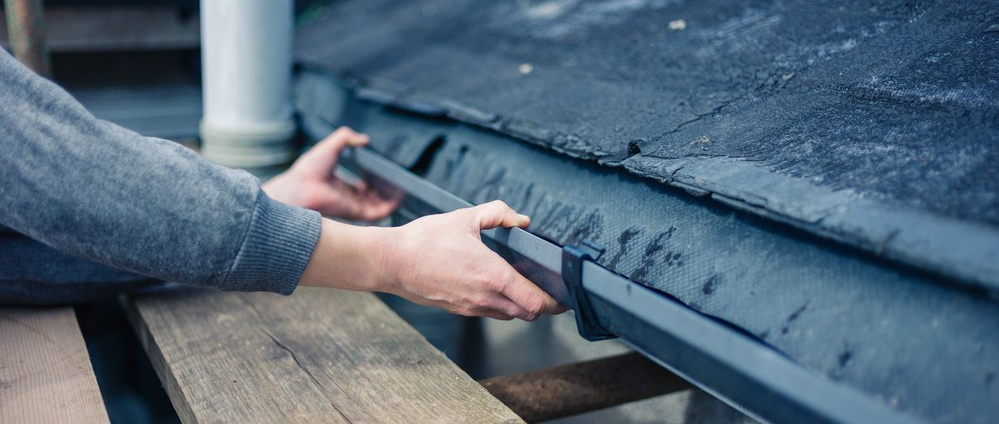How to Know When to Get a Roof Inspection
Your roof is one of the most important parts of your home from both a functional as well as aesthetic aspect of your home. Functionally, it protects the top half of your property from the elements, to say nothing of how essential it is to your home’s insulation and protection against animals or burglars. Aesthetically, it is one of the first things people are bound to see when they arrive at your home, and it therefore represents your first chance at scoring a positive first impression.
Your roof is an essential part of your home – so why don’t more people get theirs checked before it's too late? Don’t wait until you have holes in your roof or mold advancing from the ceiling down. Here are a few telltale signs that your house could use a roof inspection.
1. Shingles in Shambles
Think of your shingles like a suit of armor. When kept in proper condition, they have the potential to lock together and keep your home safe, dry, and secure. Introduce a chink or two in that armor, however, and you’re suddenly incredibly vulnerable to damage.
Some examples of serious shingle trouble include the following:
Missing Shingles: Not only can these deface your home, but they leave it incredibly exposed to rainwater, wind, animals, and the elements. What’s more, those shingles didn’t just fall off on their own. They were loosened somehow, and whatever did it – be it UV radiation, a hurricane, age, etc. – probably poses a still greater existential threat to your roof.
Overly Smooth Shingles: Most healthy shingles have some textural granulation to them. If yours do not, they may be weather-beaten and eroded, which means it’s time for a roofing inspection.
Cracked Shingles: Homeowners in hot-weather states like California, Arizona, Texas, and Florida are at extra risk due to the heat and, in Florida’s case, moisture causing cracks in their shingles. In addition to simple cracks, warping, curling, and other forms of distortion can occur. All of these are signs of wear and tear beyond normal parameters, and merit a roof inspection.
What’s more, far too often homeowners overlook the severity of shingle trouble, thinking that it’s just a tiny repair or two away from being fine. However, just as irritated skin can often be a sign of an even more serious condition, so too can shingle issues be a sign of even greater roofing stress or damage at work. It is thus advisable to call out a roof inspection team to ascertain the nature, extent, and cause of your shingle woes, and to determine if there is a risk of further roofing issues.
2. Massive Buildup of Grime
Being tasked with cleaning grit and grime from your roof is nothing new. However, if your roof seems excessively dirty and overcome with a buildup of granules and grime no matter how diligent your cleaning and caretaking regimen may be, it may not be your fault, but rather a sign that your shingles are disintegrating.
3. Tile Trouble
Tiling is often made of sturdier material than shingles. That’s what makes it extra troubling when they, too, start to show signs of cracking, curling, or deteriorating. What’s more, if you are missing tiles, your home is once more exposed to the elements.
All of these cases are signs that your home is in need of a roof inspection and, at the very least, replacement roof tiles.
4. Suspicious Stains
No one ever wants to see stains on their roof or ceiling. For most homeowners, however, this merely comes across as an unfortunate if not nagging nuisance, and something to be scrubbed away. However, if you don’t know the source of the stain, you may want to hold off on the scrubbing, because the underlying cause of your roof or ceiling’s sudden stain may be something you can’t simply scrub away.
For example, if you have a roof leak, it may not announce itself with a sudden downpour, or even a slow trickle. Instead, one of the first signs that you have a leak on your hands may be sudden staining and discoloration of your roof or ceiling. If you have a brownish stain that seems to be inexplicably spreading across your roof, it might be the first sign of a leak.
Dark brown or black spots sprawled along your ceiling can also be a sign of a mold infestation.
Roofing leaks and mold infestations rank among the most damaging conditions for roofs, in some cases leaving them as a total loss. Either can leave your roof dangerously structurally unsound, and mold poses an additional medical hazard.
If either of these are the case, you’ll want to nip it in the bud as quickly as possible.
5. Age Matters
Just as it seeing a doctor becomes more important the older you get, roof repairs and inspections become more essential the older your roof gets. Many high-quality domestic roofs are built to last for at least a couple of decades. That said, if your roof is more than a decade old, it is probably time to have a team of professional roofing inspectors look at it.
6. After the Storm
Florida is located right in the middle of “Hurricane Alley.” Tropical storms and hurricanes are an annual occurrence in the Atlantic and Southeastern United States, and something for which homeowners need to plan when taking out insurance policies and making sure that their homes are up to code.
No matter what part of the state you live in, hurricanes are a matter of when, not if, so you’ll want to make sure that you document the before and after state of your home and roof. Contact roofers immediately at the slightest sign of trouble after a storm. Hurricane-force winds and rain can strip away shingles and tiles and cause massive water and structural damage. Following a full inspection and analyzing those before and after images, experts can carry out roof repairs.
In addition, roofers can conduct roof repairs in the wake of any of the aforementioned roofing conditions, and can help prepare and reinforce your roof before the next hurricane hits.
By heeding these telltale signs, you can get the roof-saving inspection and repair services you need before it’s too late.
Do You Need a Professional Roof Inspection on Your Home?


